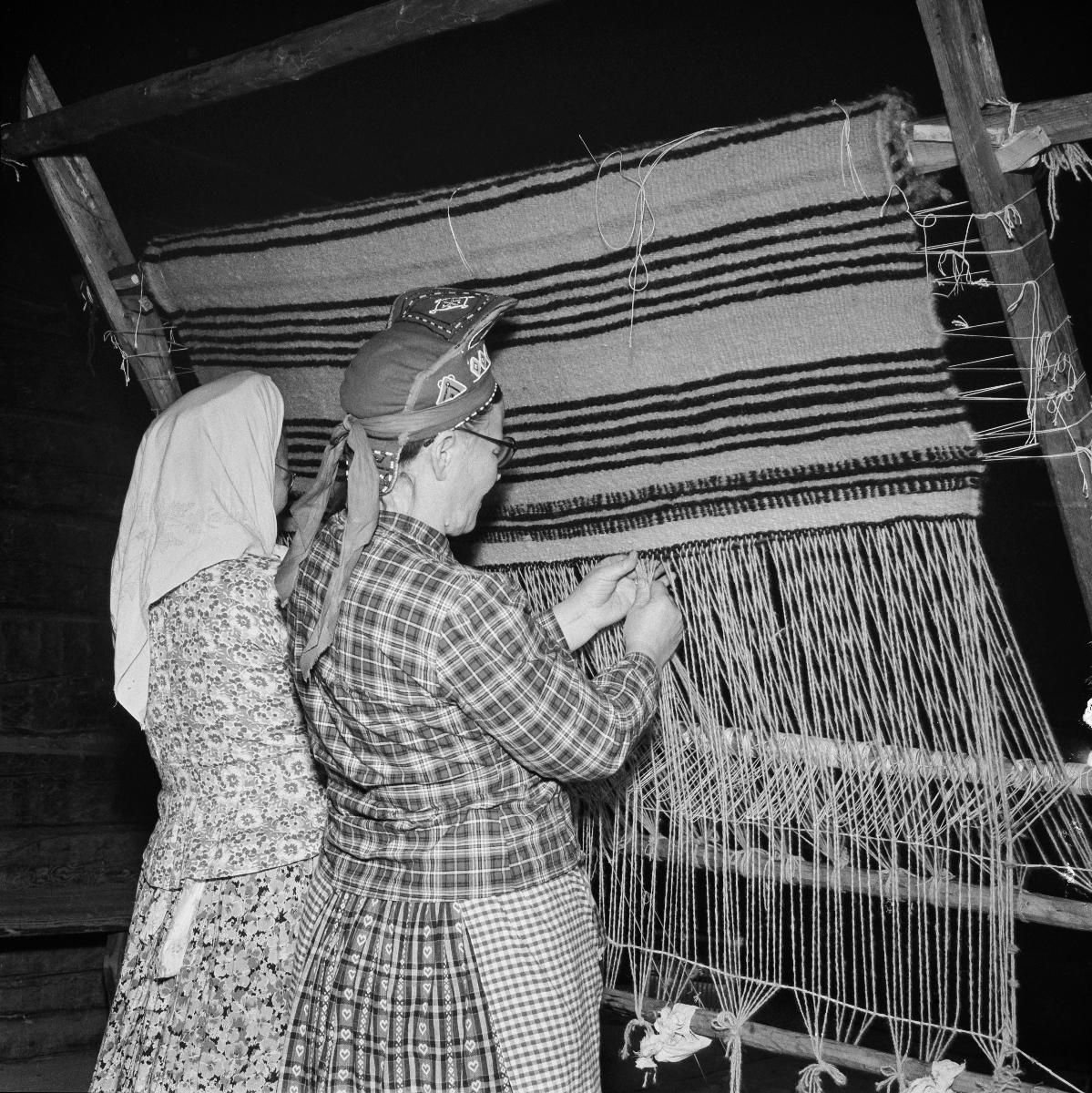How digitised collections bring value to indigenous communities
The need to include indigenous communities in the digitisation, enrichment and curation of their cultural heritage is increasingly recognised in the cultural heritage sector. Why is this so crucial, and how do digitised collections bring value to indigenous communities? Saiyyna Vasileva, who explored reuse of digital cultural heritage as part of a Europeana Foundation internship, shares her research.
Due to the extensive cultural diversity, migrations and colonial history of Europe, in the collections of western museums one can find objects from different cultures and parts of the world.
When many of these objects started to be digitised from the early 2000s, unfortunately, the initial focus may have been on maximising the number of items available online rather than on the quality or purpose of the digital archiving. As a result, many digitised indigenous objects and materials can lack contextual and crucial information about their origins. This is when the institutions need to hear from indigenous communities - to listen to and share unexplored stories about objects.
Increasing attention to the careful management and curation of digitised indigenous collections is also important as it opens and creates new relationships between communities and digital collections’ holders. It creates a room for constructive dialogues where underrepresented and indigenous communities’ voices are heard. As such, projects that the Europeana Initiative supports and is a part of, DIGICher and De-Bias aim to work closely with the indigenous, minoritised communities. Explore how the De-Bias project fosters dialogue between collections and minoritised communities.
There is no doubt that communities add value to digital collections by sharing their stories and enriching metadata. But what impact do these digital collections and projects have on those communities?
Knowledge transmission
Digital open data makes it easier for geographically disparate communities to explore items that belong to their culture and allow them to share their stories and their point of view.
Historical photographs of the indigenous and minoritised communities are mainly taken through the gaze of a western man, who was the main user of the first cameras. For example, if we take a look into this photograph of two Inuit women (used in the lead of the post), we may wonder, who are they? When and where was this photograph taken? What do these clothes tell us about? What is behind them? But instead, we only know the name of a photographer.
Such questions can be best answered by reaching out to the Inuit community - a variety of interesting and rich stories can be told about the place, clothes, the set, gestures, objects and so on. By supporting indigenous or minoritised communities to drive such activities and projects that facilitate knowledge transmission give those communities power to narrate and enrich the knowledge around the digital items and beyond.
Digitising oral histories, cultural practices and other forms of indigenous items, mean that they can also be used in educational settings (kindergartens, schools and universities). Additionally, it allows indigenous knowledge to be disseminated to a broader audience, including researchers and the general public. All of these activities and increased accessibility leads to a more inclusive understanding of indigenous cultures and histories, enriching academic discourse and educational curricula.
Social connections
Knowledge transmission cannot happen without communication. Within communities, collective engagement can strengthen community bonds and support intergenerational dialogue. For instance, elders can use digital collections to teach younger members about traditional customs and stories, creating a bridge between generations.
Beyond indigenous communities, digitised collections encourage cross-cultural exchange and dialogue. By making indigenous knowledge accessible to a global audience, these digital resources foster greater appreciation and respect for cultural diversity. They provide opportunities for the public to learn about and from indigenous cultures, promoting empathy and collaborative relationships.
Skolt Sámi craft tradition at the the Seurasaari open-air museum, Helsinki, in 1955
Cultural identity
Digital collections that include ceremonial songs, dances, cultural items and artworks together with opportunities to engage with them enable community members to reconnect with their cultural roots. Studies have found that one of the most common uses of digital collections for the communities was the creation of virtual databases and community archives. This is particularly important for younger generations who may have limited opportunities to experience traditional practices firsthand.
Furthermore, the visibility of indigenous knowledge in digital formats challenges historical narratives that have marginalised or misrepresented indigenous cultures. By curating and presenting their knowledge on their terms, indigenous communities can assert their agency and contribute to a more accurate and respectful portrayal of their histories and identities.
A photograph of Sakha (Yakut) woman in a traditional Sakha dress and accessories taken in 1908



